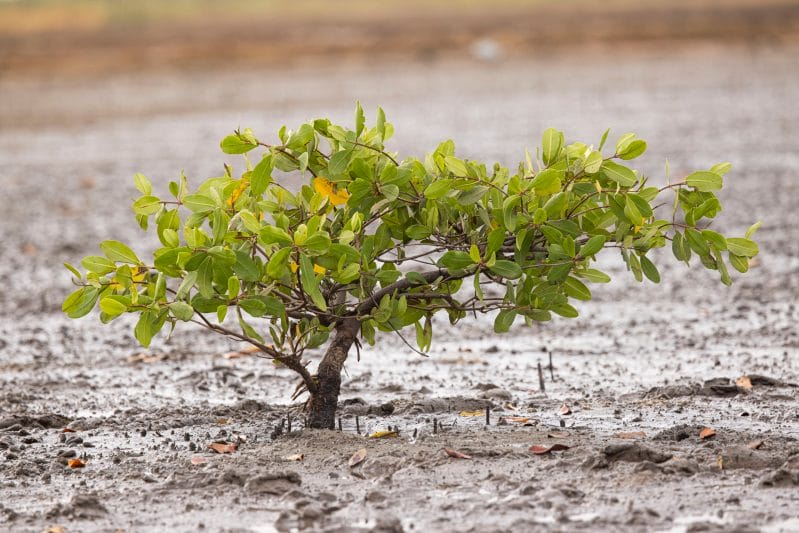Jolan Hanssens studied growth trends of the African Juniper tree (Juniperus procera), one of the dominant tree species in Ethiopia’s Desa’a Forest, particularly in higher regions. This species is currently under pressure due to over-harvesting for wood fuel and livestock grazing which is threatening overall levels of natural regeneration. Understanding how Juniper growth in Desa’a has changed over time and how growth differs between sites can help inform our restoration efforts and management plans for the area.
To track Juniper growth over time, Jolan took cores from the trunks of 78 trees and measured the growth rings. This allowed him to calculate an annual growth rate for each tree in each year. He analysed this data for trends over time in relation to factors that could potentially affect growth (climatic and biophysical factors).
Jolan’s study found that the growth rate of Juniper in Desa’a has shown a general increase over the 20th century. Annual precipitation has had a positive effect on growth at the site level (i.e. sites with higher precipitation have faster growth rates) and temperature and atmospheric CO2 concentration have had negative and positive effects respectively on growth, over time.
In this study, Juniper trees were found to have higher growth rates in areas where they dominated and lower rates in areas with a mixture of tree species. A large part of the variability in growth is explained by local human and natural disturbance regime.
Find more information on Jolan and his study here.















